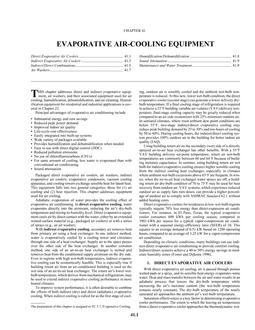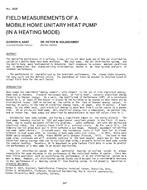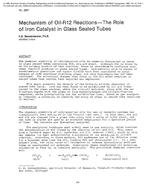In recent years, there has been an increasing demand for better quality of the air-conditioned environment in residential rooms. If we can estimate such environmental conditions as the airflow and temperature distribution, it becomes easier to select suitable air conditioners or to design air-conditioning systems.
For this purpose, a computational simulation method was developed that can be applied to the conditions in room~ where there are forced convection fields and three-dimensional velocity and temperature distributions.
The flow field generated by an air conditioner can be characterized by a buoyancy force and weak turbulent flow. The equations for conservation of mass, momentum, and energy for an incompressible fluid comprise the basic expressions. A two-equation turbulent model forming the k-e equations of Launder and Spalding, together with the SIMPLE algorithm of Spalding, was applied to our simulation program. The air temperature from the outlet of the air conditioner is higher or lower than the space air temperature. The buoyancy force of the airflow from an air conditioner has a very important role in air temperature and flow distribution, so this force was analyzed in particular detail. Many works have been published in this field, but many of them are for two-dimensional computation about natural convection and forced convection with no buoyancy force. Such simulations as our work for real air-conditioned rooms and equipment design are not currently being developed.
In this paper, we have attempted to estimate the air-heating environment for a console type of air heater installed in a residential room and an air diffuser installed on the ceiling.
Units: SI
Citation: ASHRAE Transactions, 1987, vol. 93, pt. 1, New York, NY
Product Details
- Published:
- 1987
- Number of Pages:
- 16
- File Size:
- 1 file , 1.2 MB
- Product Code(s):
- D-NY-87-3027


